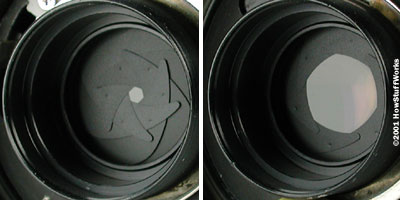The Frame – 3 tips to Better looking Photos
Here are three tips for making everyday photos better.
1. Lighting
It’s important to have good lighting in your photo. You can have side lighting, front lighting and/or back lighting. Side lighting is light coming from the left or right. It is the best form of lighting for black and white photos to emphasize the shadows. In front lighting, the light is coming from behind the photographer. Back lighting is light coming from in front of the photographer. Usually, it creates a nice glow around the subject but it often makes too much of a contrast and your main subject ends up being really dark.

2. Keeping Your Photos in Focus
Having your photos in focus is one of the most important aspects to keep your everyday photos looking their best. Having a blurry photo defeats the point of it. You need to be able to see what you are taking a photo of. On most DSLR cameras, there will be a focus ring on the lens and you can twist that until it is in focus.
A lot of photos are trashed due to the photographer shaking the camera while taking the picture. When I started out, I was told to take a deep breath and then push the shutter button. You can make it easier to take still pictures by increasing the shutter speed. On a long exposure time, it’s more likely that you will shake the camera and result in a blurry picture. On a short exposure time, the picture is taken quickly and there’s a smaller chance for a shaken photo.
3. Know How To Control Your Camera
How can you take proper photo without knowing how to use your camera? It’s simple; to take professional looking photos, learning how to use your camera is a must. Certain settings such as aperture and shutter speed control how your image will look, exposure wise.

Here is a shutter, it controls how much light is coming into the camera.
Shutter speed is the setting that controls how long the aperture is open for. It can range from 1/2000th of a second and can even go up to 30 seconds. Aperture controls how open the shutter is. This affects depth-of-field which is how in-focus your photo is from a foreground to background standpoint. These 2 settings can make or break your photo.
Your donation will support the student journalists of Wiregrass Ranch High School. Your contribution will allow us to purchase equipment and cover our annual website hosting costs.

Hello, I'm Jarvis and a writer for "The Stampede". I enjoy writing (even though I'm pretty bad at it), about student life, and global news. I'll try my...
